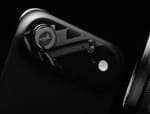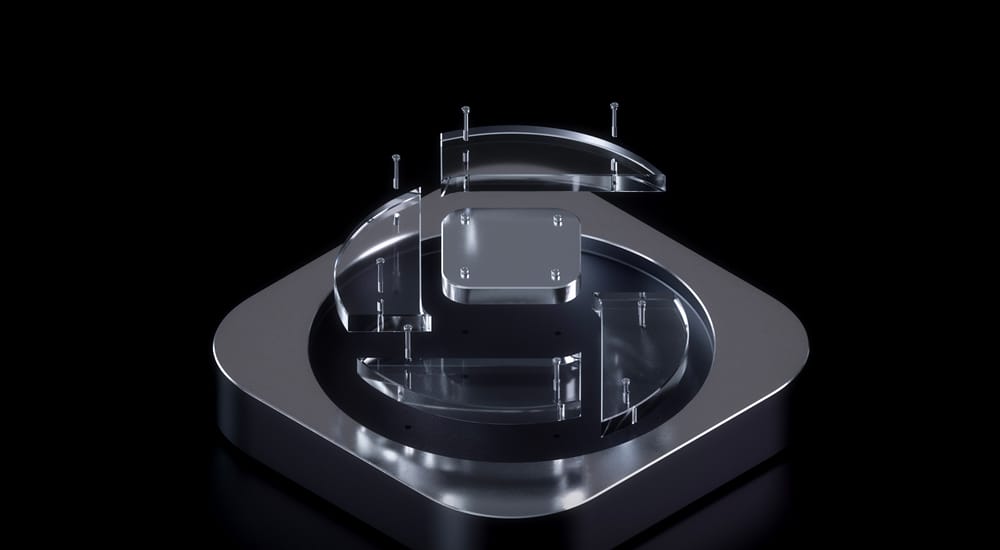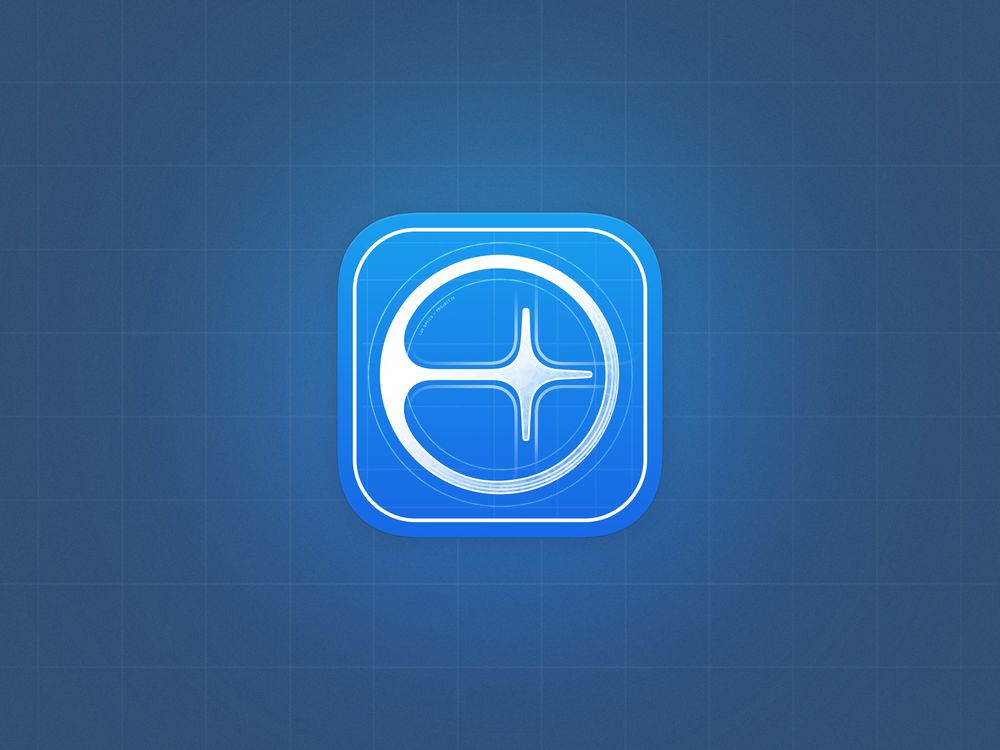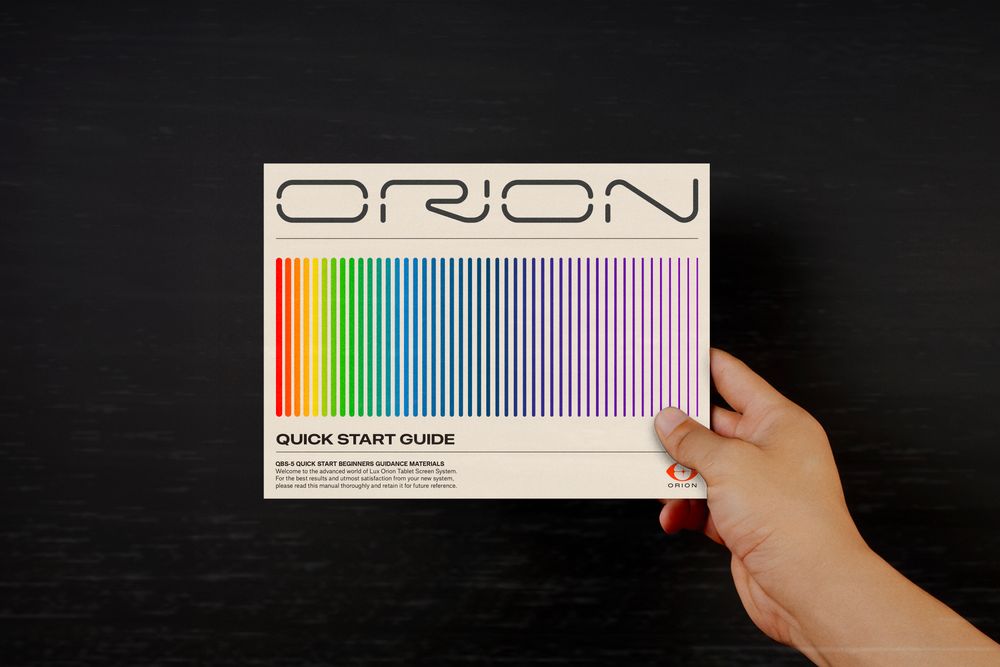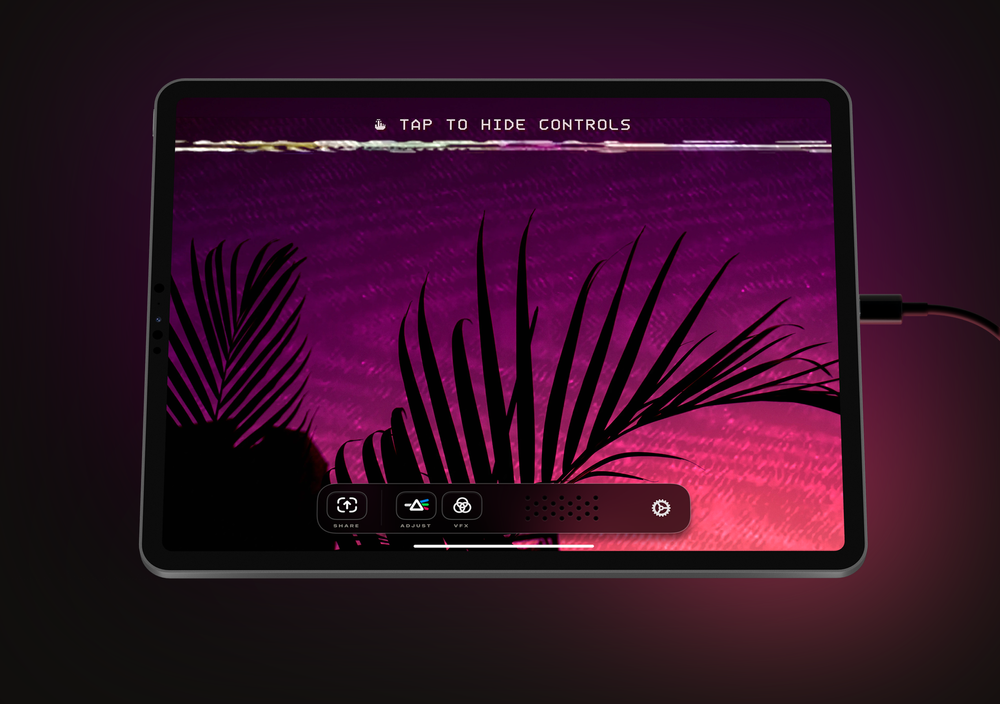iOS 26 is here. Every year we release major updates to our flagship apps alongside the new version of iOS, but not this year. Rather than stay silent and risk Silkposts, let's share our thoughts and plans.
Deciding When It's Time to Move On
In 2017 we launched the first version of our pro camera, Halide. In those days, the days of the iPhone 7, you just wanted manual control over focus, shutter speed, white balance… controls you expect in a classic camera.
Today, algorithms matter as much as a camera's lens. Halide kept up with changing times by offering control over these algorithms, and it became one of our most popular features, but we have to admit we aren't happy with how things evolved, with too many controls tucked away in settings.

How did things get so complicated?
Our app grew organically from its 1.0, and while we still love its design, we believe it will hit a bit of an evolutionary dead-end. Almost 10 years later, cameras and the way we take photos have changed a lot. We have big plans, and if we're going to be build the best camera for 2025 and beyond, we need to rethink things from the ground up.
For example, rather than bury the controls from earlier in settings, what if we put them right next to the shutter?
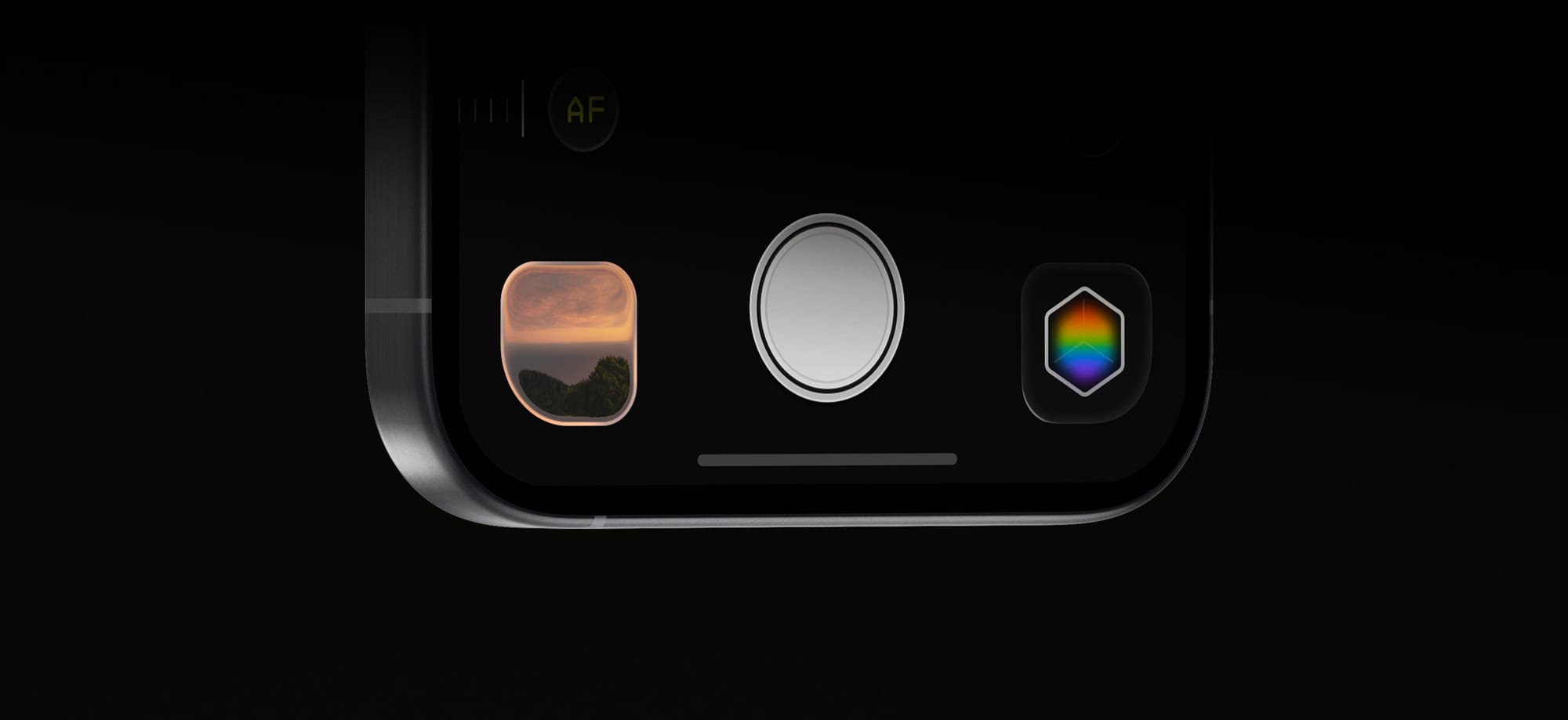
A change like this may sound simple, but these changes have ripple effects across our entire interface and product. I'll spare you a few thousand words and leave Sebastiaan to walk you through our big new design sometime soon.
If our visuals show cobwebs, let's just say the code hosts a family of possums. Since 2017, Apple's SDKs changed faster than we could keep up. Refreshing our codebase should improve speed, reliability, polish, and cut down the time it takes to ship new features.
It sure sounds like we should rewrite Halide.
If you've ever taken part in a rewrite, I know your first reaction is, "Oh no," and as someone who lived through a few big rewrites, I get it. Big rewrites kill companies. It's irresponsible to do this in the middle of iPhone season, the time we update our apps to support the latest and greatest cameras.
So we are not rewriting Halide right now.
We rewrote it two years ago.
In Summer 2023, we began our investigation into a modern codebase. We built a fun iPad monitor app, Orion, test the maturity Apple's new frameworks and experiment on our own new architecture. We were delighted by the results, and so were you! We were surprised Orion only took 45 days.
This gave us the confidence to test our platform on a bigger, higher-stakes project: our long-awaited filmmaking app Kino. We began work in Fall 2023, shipped in under six months, and won 2024 iPhone App of the Year.
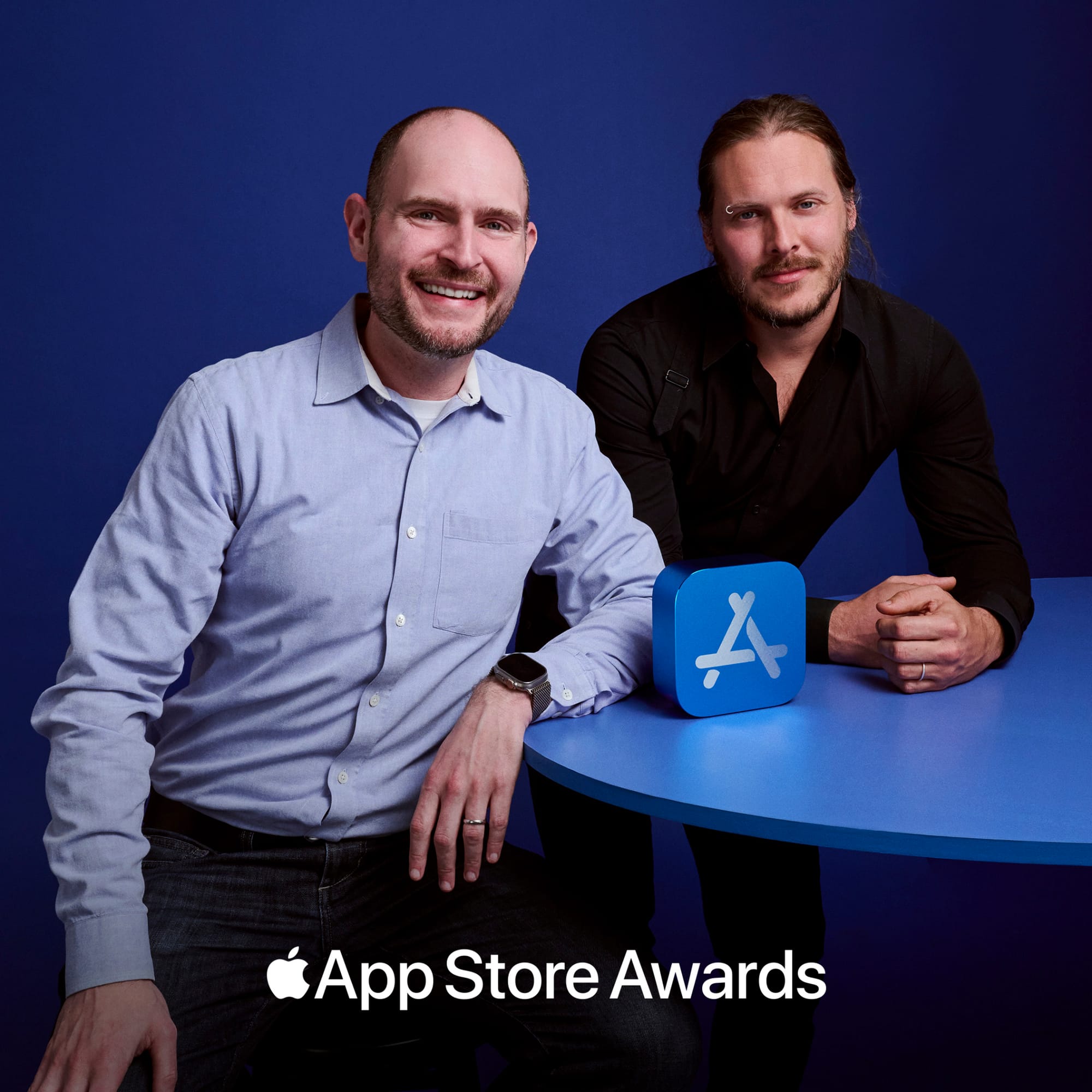
This signaled our new architecture was ready for prime time, so earlier this year, we drew a line in the sand. In our code, we renamed everything Halide 2.x and earlier, "Legacy Halide." Mark III will be a clean break.

After a few weeks of knocking out new features faster than ever, it was clear this was the right decision. Kino let us skip over the hard and uncertain part, and now all that's left is speed-running the boring part of translating the old bits to the new system.
Through The Liquid Glass
In June, Apple unveiled the new design language of iOS 26, Liquid Glass, and it threw a monkey wrench in all of our plans. As someone who worked on a big app during the iOS 7 transition, I know platform rewrites are wrought with surprises all the way up to launch.
Before we decided how to proceed with our flagship apps, and its effects on Mark III, we need to investigate. So we returned to Orion, our low-stakes app with fewer moving parts. Updating Orion's main screen for liquid glass took about a day, but it was not without snags, like when I spent an hour in the simulator fine tuning the glass treatment of our toolbar only to discovered it rendered differently on the actual device.
We moved on to Kino, which already aligned with the iOS 26 design system pretty well. Sebastiaan updated its icon treatment, which looks great when previewed in Apple's tools.

However, when we loaded it on the device…
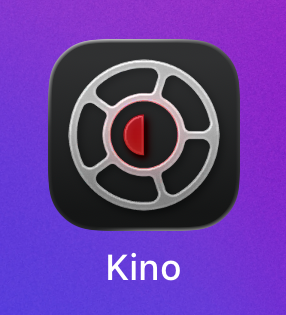
This issue still persists in the final version of iOS 26, and filed a bug report with Apple (FB20283658). We'll hold off on our Kino update until it's sorted out.
None of these issues are insurmountable, but troubleshooting iOS bugs for Apple can be its own part-time job. As a team with only one developer, this left us with three options for Halide:
Option 1: Embrace Liquid Glass in Legacy Halide. Liquid Glass paradigms go beyond the special effects, such as its embrace of nested menus. Reducing the new design system to a stylistic change— a glorified Winamp skin— is a recipe for disappointment. Unfortunately, a deep rethinking of legacy Halide would force us to halt Mark III development for months, just to update a codebase on its way out.
Option 2: Rush Mark III with Liquid Glass to make the iOS 26 launch. Even before Apple unveiled the Liquid Glass treatment, Mark III was arriving at similar concepts. We're confident that the two design systems will fit well together. So what if we tackle both challenges at once, and target an immovable iOS 26 deadline? Nope. A late app is eventually good, but a rushed app is forever bad.
Option 3: Wait to launch a full Liquid Glass redesign alongside a rock solid Mark III. This is what we did, and we think it paid off big time. Earlier this week we released an early preview of our new UI (without any liquid glass) to Halide subscribers via our Discord. The results were overwhelming positive.
The Rollout (and early upgrade perks)
That's not to say we have nothing to show for iOS 26. Today we're launching Orion 1.1. It retains most of its retro aesthetics, but we're also digging how the liquid glass treatment interacts with our custom CRT effect.

We've also added a long-requested feature: fit and fill, for aspect-fill ratios. You can finally play your virtual console games in full screen glory!
For Kino, we're holding off on our update until we sort out the iOS bugs. Maybe things will be fixed in an iOS 26.1 update.
We have an update ready for our award winning long exposure app, Spectre. Unfortunately, it appears the App Store portal is broken at the moment, and won't allow us to submit the update.

Luckily, we submitted an update to Halide before running into this issue. It updates the icon, fixes a few glitches, and includes basic stylistic updates. We just released this update, moments ago.
Earlier today, we received our new phones and we've begun running them through the paces. We'll submit an update to support the new hardware and fix any bugs, assuming the App Store lets us.
These updates to Halide are a swan song for the legacy codebase. After this month, all of our energy goes Mark III, which includes the real Liquid Glass alongside a redesigned camera for a new age.
If you'd like a peek at things to come, we've opened another thousand spots in TestFlight to Halide subscribers. It's got tons of bugs, and parts are incomplete, but will give you an idea of where things are headed. If you'd rather wait for a polished experience, or prefer a one-time-upgrade, no problem. As we announced last winter, everyone who bought Mark II eventually gets Mark III for free.
It feels bittersweet moving on. Hopping into Legacy Halide to crank out updates feels a bit like a slog, while the new Mark III design and codebase is a joy. It makes me wish I wish I'd gutted Halide years ago. At the same time, there are moments I feel warmth for a project where I spent almost a decade of my life. It helps you understand why nostalgia means, "A pain from an old wound."
In Summary
- We have an Orion update out, today
- We have a Spectre update, soon
- We might have a Kino update, soon?
- We have a Halide update, today
- Halide Subscribers can sign up for the Mark III TestFlight, today
- We'll have a wider Mark III preview, this Fall
- If everything goes according to plan, we expect to launch Mark III, this Winter
This won't be the last you'll hear from us this Fall. Stay tuned for a post from Sebastiaan on our new design, along with our annual iPhone reviews.

